Front Yard Design Fort Worth
Front Yard Design in Fort Worth
Front yard design is totally different from backyard work—your front yard is what everyone sees constantly, it's your property's first impression, curb appeal affects home value significantly, and honestly most HOAs around Fort Worth have opinions about what you can and can't do. We design front yards balancing aesthetics with practicality—welcoming entries that actually function, foundation plantings that won't cover windows in three years, lawn areas sized appropriately not just defaulting to grass everywhere, drainage managing our intense storms without creating eyesores, parking and circulation making sense for daily use. Fort Worth front yards face specific challenges—afternoon sun scorching west-facing exposures, street visibility requiring attractive year-round appearance, HOA restrictions in most newer neighborhoods, existing mature trees in established areas dictating designs, builder-grade landscapes in new construction needing immediate improvement. We've designed front yards throughout Fort Worth—historic homes in Fairmount requiring period-appropriate plantings respecting neighborhood character, contemporary new builds in Aledo wanting modern clean aesthetics, traditional homes in Tanglewood needing updates maintaining classic appeal, starter homes in various areas maximizing impact on tight budgets. Your front yard sets the tone for your entire property—designed well it's welcoming and attractive, designed poorly it's the house everyone drives past quickly. We create front yard designs working specifically for Fort Worth conditions—plants surviving our heat and clay soil, hardscape handling our weather extremes, layouts functioning for your daily patterns while looking great from the street.

Understanding Front Yard Design Constraints and Opportunities

Curb appeal directly impacts property value—well-designed attractive front yards increase perceived and actual home values, poor front landscapes drag down entire property impression, first impressions formed within seconds driving past. Real estate agents confirm professionally landscaped fronts sell faster and command higher prices—investment in front yard design returns multiples when selling. Over in established neighborhoods like Monticello and Westover Hills, front yard quality expected—subpar landscapes stand out negatively affecting property marketability.
HOA restrictions shape most Fort Worth front yard designs—newer developments have detailed landscaping guidelines, minimum turf percentages common, approved plant lists limiting selections, hardscape materials and colors regulated, mailbox and lighting styles specified. We navigate HOA rules constantly—designing within restrictions while maximizing aesthetics and functionality, submitting plans for architectural review when required, ensuring compliance avoiding violations and fines.
Street visibility means front yards display publicly year-round—seasonal interest critical maintaining attractive appearance, evergreen structure preventing bare winter look, proper maintenance essential or neglect visible to everyone, designs must look intentional not random. We design front yards for four-season appearance—winter structure, spring bloom, summer heat tolerance, fall color and texture—avoiding landscapes looking great two months then terrible rest of year.
Existing mature trees dictate designs in established neighborhoods—preserving valuable shade trees, designing around root zones, accommodating canopy shade affecting plant selection, working with existing rather than against. Trees in older Fort Worth neighborhoods are tremendous assets—cooling properties, established character, property value—we design highlighting these features not fighting them.
Entry functionality can't be sacrificed for aesthetics—walkways adequate width for comfortable passage, proper lighting for safety after dark, weather protection from elements, clear logical path from driveway to front door. We design functional beautiful entries—wide enough walkways, appropriate lighting, sometimes porticos or covered entries, spaces working practically while looking welcoming.
Utility screening addresses necessary ugly elements—meter boxes, HVAC equipment, garbage cans, hose bibs—visible from street requiring concealment. We incorporate screening strategically—plants hiding equipment without blocking service access, decorative screens or trellises, solutions attractive and functional.
Foundation Planting Design That Actually Works
Scale appropriate for home size prevents common mistakes—small homes overwhelmed by massive plantings, large homes looking naked with tiny shrubs, proportions matching architecture creating balanced appearance. We design foundation plantings scaled correctly—considering home size and style, mature plant dimensions, long-term proportions not just installation appearance.
Mature size consideration critical preventing overgrowth disasters—Indian hawthorns planted under windows inevitably covering them, wax leaf ligustrum used as "small" shrubs becoming 15-foot monsters, proper spacing looking sparse initially but filling in correctly. We space foundation plantings for mature sizes—understanding plants get bigger, designing for five years out not installation day, preventing constant pruning or expensive removal later.
Layering creates depth and interest—taller plants backing shorter ones, varying heights from foundation to lawn, textural variety preventing monotony, strategic repetition creating unity. We layer foundation beds thoughtfully—small trees or large shrubs as anchors, medium shrubs providing mass, low shrubs and perennials finishing edges, groundcovers softening transitions.
Evergreen structure provides year-round presence—backbone plants maintaining appearance winter months, preventing bare stick look during dormancy, foundation coverage regardless of season. We incorporate adequate evergreens—yaupon holly, dwarf yaupon, wax myrtle, boxwood where appropriate—ensuring front yards look finished year-round not just spring and summer.
Seasonal color adds interest without requiring constant replacement—perennials providing blooms spring through fall, deciduous shrubs offering flowers or fall color, strategic placement creating pops of color, realistic maintenance avoiding high-input annual rotations. We design color thoughtfully—Fort Worth-appropriate plants, seasonal progression, maintenance levels matching client commitment.
Heat reflection off homes affects plant selection—south and west walls reflect intense heat and light, foundation beds become incredibly hot during summer, only tough heat-tolerant plants survive these conditions. We select appropriately—Texas sage, yaupon holly, hardy varieties handling reflected heat, avoiding plants requiring cooler conditions.
Window and door clearances prevent problems—plantings too close blocking natural light, shrubs covering windows from outside creating dark interiors, proper clearance allowing home maintenance access. We position foundation plantings appropriately—adequate distance from structures, mature sizes not interfering with windows, access maintained for painting and repairs.
Lawn Areas and Turf Management
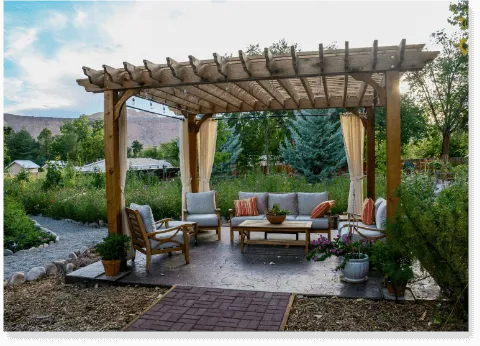
Appropriate lawn sizing balances aesthetics and maintenance—some turf necessary for most Fort Worth front yards looking finished, excessive lawn means high maintenance and water use, reducing turf expands beds decreasing upkeep. We design lawn areas sized appropriately—adequate for aesthetics and function, not automatically defaulting to grass everywhere, strategic reduction where appropriate.
St. Augustine dominates Fort Worth lawns—handles heat reasonably well, shade tolerance better than bermuda, established standard in most neighborhoods, familiar maintenance requirements. We specify St. Augustine for most front yards—proven performance, neighborhood consistency, reasonable expectations. Varieties like Palmetto offer better shade tolerance for yards with tree canopy.
Lawn shapes affect aesthetics and maintenance—clean flowing curves more attractive than chopped angular shapes, gentle sweeps easier mowing than tight turns, logical shapes relating to architecture and beds. We design lawn areas with attractive flowing shapes—avoiding excessive curves complicating mowing, creating intentional patterns, relating to overall landscape geometry.
Edging defines boundaries maintaining clean appearance—metal or plastic edging separating beds from turf, preventing grass encroachment into beds, crisp definition enhancing overall appearance. We incorporate proper edging—adequate depth preventing grass roots undermining, staked securely, smooth curves matching bed shapes.
Alternative groundcovers reduce turf in some applications—Asian jasmine for shaded areas where grass won't grow, monkey grass edging beds, buffalo grass for low-water alternatives, appropriate substitutes where turf problematic. We use alternatives strategically—shade situations, water conservation priorities, areas where turf maintenance difficult.
Irrigation essential for Fort Worth summers—turf requires consistent water surviving heat, automated systems practical necessity, proper coverage without waste, zoned separately from beds allowing different schedules. We design irrigation for lawns—adequate sprinkler coverage, appropriate watering amounts, efficient operation, integration with overall landscape irrigation.
Entry Design and Hardscape Elements
Walkway design creates arrival experience—proper width minimum four feet for comfortable passage, materials complementing home style, logical routing from driveway and street, gentle curves if space allows. We design walkways balancing aesthetics and function—adequate width avoiding cramped feel, attractive materials, logical paths, ADA considerations when relevant.
Material selection for walkways affects appearance and budget—flagstone offers natural beauty fitting traditional and contemporary homes, pavers provide versatility with numerous patterns and colors, concrete most economical but plain unless stamped or stained. We help selecting appropriate materials—Fort Worth performance, aesthetic fit, budget considerations, longevity expectations.
Porch and entry enhancement frames front doors—container plantings adding color and welcome, lighting for evening visibility and safety, seating if space allows, decorative elements creating focal point. We design entry areas as focal points—appropriate scale plantings, adequate lighting, welcoming atmosphere, connection with overall front yard design.
Steps and level changes require careful design—proper rise and run for comfortable safe use, materials matching walkways, adequate width, lighting preventing trips and falls. We design steps meeting code requirements—comfortable proportions, durable construction, integrated lighting, attractive appearance.
Driveway landscaping softens hardscape—beds along edges, trees providing shade without interfering with vehicles, entries defined with plantings, overall integration with front yard design. We landscape driveways thoughtfully—appropriate scale plantings, avoiding species with surface roots damaging pavement, adequate clearance for vehicles, attractive softening of large paved areas.
Parking considerations especially for homes with street parking—defined parking areas, durable surfaces, landscape integration, guest access convenience. Front-loading garages dominate newer Fort Worth homes—driveways prominent features requiring design attention not just afterthought.
Addressing Fort Worth Climate Challenges
Summer heat tolerance absolutely essential—west and south-facing front yards particularly brutal, afternoon sun scorching tender plants, only proven heat-lovers survive, reflected heat off driveways and homes intensifying conditions. We select bullet-proof plants—Texas sage thriving in heat, yaupon holly handling sun and reflected heat, lantana and other proven performers, avoiding marginal plants likely struggling.
Clay soil management throughout front yards—foundation beds need amendment or raised installation, lawn areas require adequate topsoil depth, drainage critical preventing standing water, proper techniques ensuring establishment. We design addressing clay comprehensively—appropriate soil preparation, drainage systems, planting techniques giving plants fighting chance.
Drought periods occasional but intense—occasional summers with extended dry spells, water restrictions possible during severe drought, landscapes must survive stress periods, irrigation essential but conservation-minded design valuable. We design with water conservation in mind—drought-tolerant plant selections, efficient irrigation, mulching retaining moisture, landscapes surviving occasional tough conditions.
Freeze protection for occasional hard freezes—most Fort Worth winters mild but occasional hard freezes down to teens, tender plants need protection or avoid using, established plants generally hardy to zone 8a, new plantings most vulnerable first winter. We select appropriately cold-hardy plants—proven zone 8a survival, avoiding marginal tender species, positioning sensitive plants in protected microclimates near homes.
Storm damage from spring and occasional severe weather—hail damaging tender plants and shredding foliage, high winds breaking branches and toppling weak plants, intense rain causing erosion and drainage problems. We design for resilience—sturdy plants handling storms, proper drainage preventing erosion, avoiding weak-wooded species prone to breakage.
Pest and disease pressure varies—spider mites during hot dry periods, bagworms on junipers, various insects and diseases affecting specific plants, deer browsing in some western Fort Worth areas. We select resistant varieties when available—avoiding problem-prone plants, designing for overall health and vigor reducing susceptibility.
Street Appeal and Neighborhood Context
Architectural compatibility between landscape and home style matters—traditional homes look odd with ultra-modern landscapes, contemporary homes deserve clean-lined plantings, craftsman homes complement cottage garden approaches. We design landscapes fitting architectural styles—respecting home character, complementary not contrasting, appropriate plant and material selections.
Neighborhood context affects design decisions—established neighborhoods have landscape character, matching general aesthetic while adding individual character, completely contrasting styles looking out of place. Over in historic districts like Fairmount, designs respect period architecture—traditional plant palettes, appropriate materials, fitting neighborhood character. Modern areas allow contemporary approaches—clean lines, architectural plants, modern materials.
Repetition and rhythm create cohesive appearance—repeating key plants throughout design, consistent materials and colors, rhythm preventing monotony while maintaining unity. We use repetition strategically—three or five of same plant creating impact, repeating materials tying elements together, avoiding single specimens scattered randomly.
Focal points draw attention intentionally—specimen trees, attractive groupings, entry features, directing eye to best elements. We create focal points deliberately—highlighting entries, featuring attractive plantings, using lighting emphasizing features, avoiding competing elements confusing visual hierarchy.
Year-round interest maintains appeal—winter structure from evergreens and hardscape, spring bloom from bulbs and early perennials, summer color from heat-lovers, fall texture and color from ornamental grasses and deciduous elements. We design for all seasons—four-season plants, varied bloom times, textural interest beyond flowers, avoiding landscapes looking great briefly then boring.
Maintenance visibility requires realistic planning—neglected front yards visible to everyone, overgrown landscapes reflecting poorly, proper maintenance essential, designs must match realistic commitment. We discuss maintenance honestly—understanding actual time and effort available, designing appropriately, avoiding high-maintenance landscapes becoming eyesores when neglected.
Budget-Conscious Front Yard Strategies
Phased implementation spreads costs—install hardscape and key plantings first, add supplementary plants later, lighting and irrigation in stages, complete vision over time. We design front yards allowing phasing—logical stages, each phase looking finished, coordination ensuring cohesive final result even installed gradually.
High-impact areas prioritized—entries and foundation plantings most visible getting attention first, secondary areas simplified or phased, budget concentrated where visible impact greatest. We help prioritizing—identifying high-impact zones, allocating budget strategically, maximizing appearance per dollar spent.
Material value engineering balances cost and quality—economical options for less visible areas, splurging on featured elements, creative solutions stretching budgets, avoiding false economy with poor quality failing quickly. We specify appropriate materials—quality where matters, economical where acceptable, balanced approach maximizing value.
Plant sizing affects costs significantly—larger plants cost more but provide immediate impact, smaller sizes establish quickly and cost less, strategic mixing of sizes balances budget and appearance. We recommend appropriate sizes—key specimens larger for impact, mass plantings smaller for budget, realistic expectations for establishment timing.
DIY opportunities reduce labor costs—clients handling mulching and simple plantings, professionals installing hardscape and irrigation, hybrid approach saving money while ensuring critical work done correctly. We support DIY where appropriate—providing guidance, identifying suitable tasks, ensuring successful results.
Ready to transform your Fort Worth front yard into welcoming attractive landscape enhancing your property? Let's discuss your home, neighborhood, goals and budget. We'll design front yards specifically for Fort Worth—heat-tolerant plants, HOA-compliant layouts, proper foundation plantings, functional entries, attractive year-round appearance. Front yards designed for real Fort Worth conditions—not generic designs from other climates—landscapes increasing curb appeal and property value while actually surviving our challenging conditions.
Retry
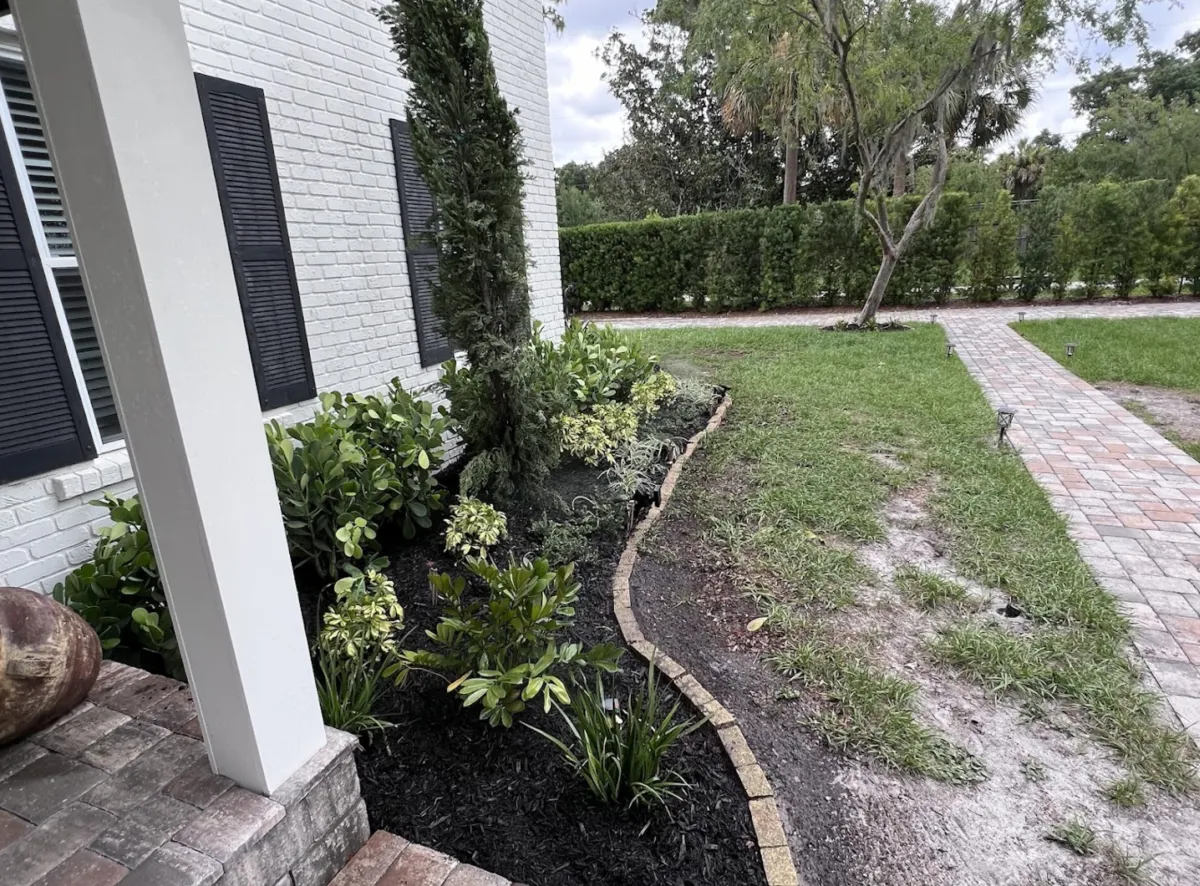

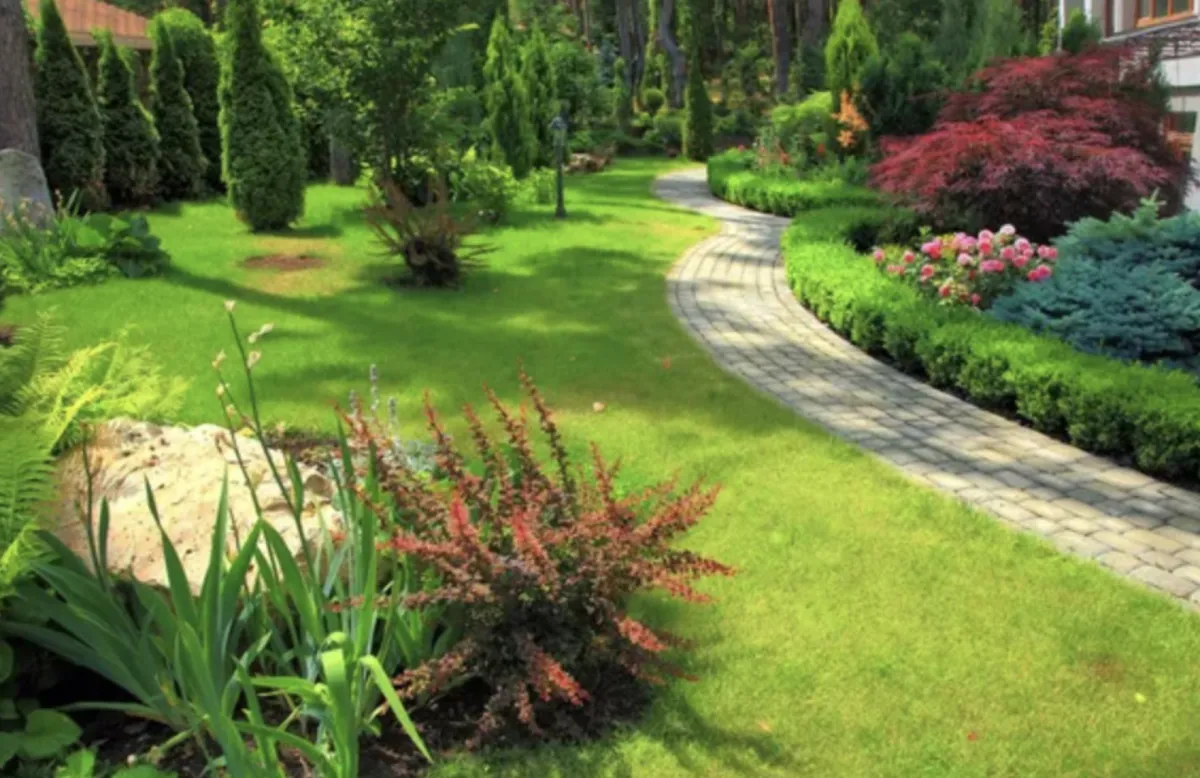
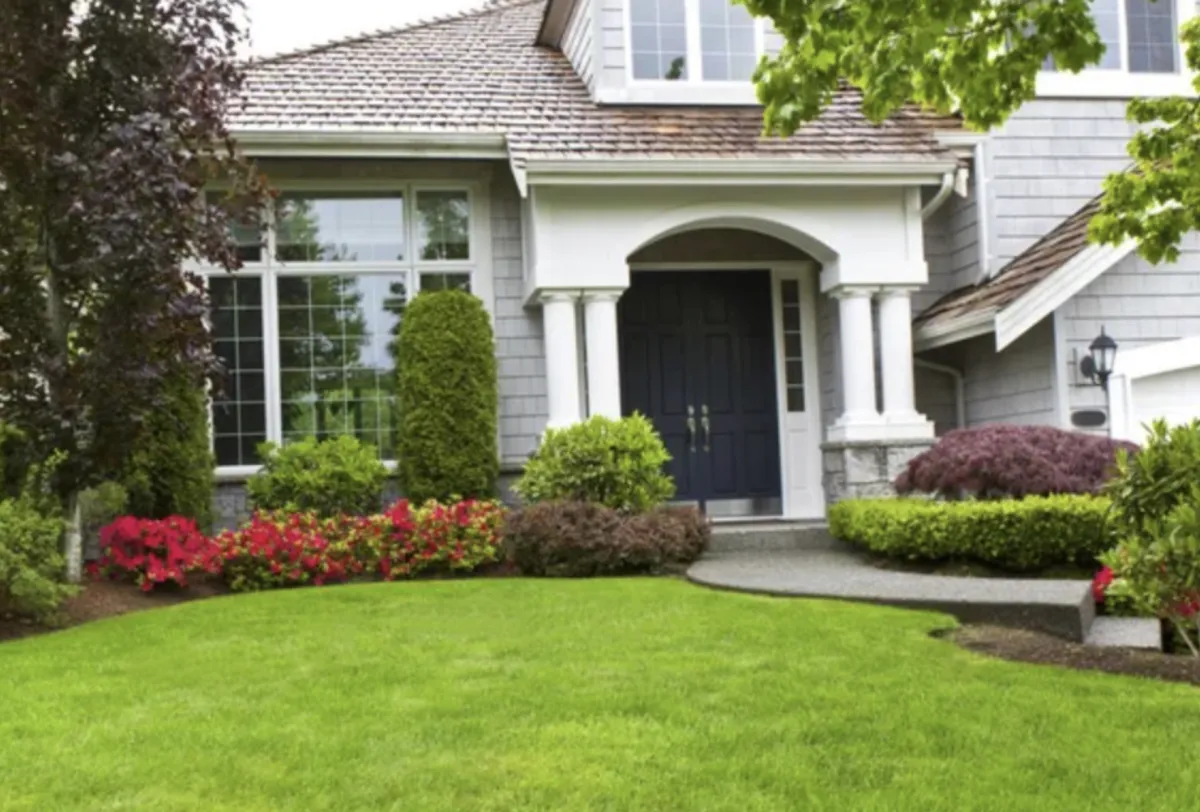
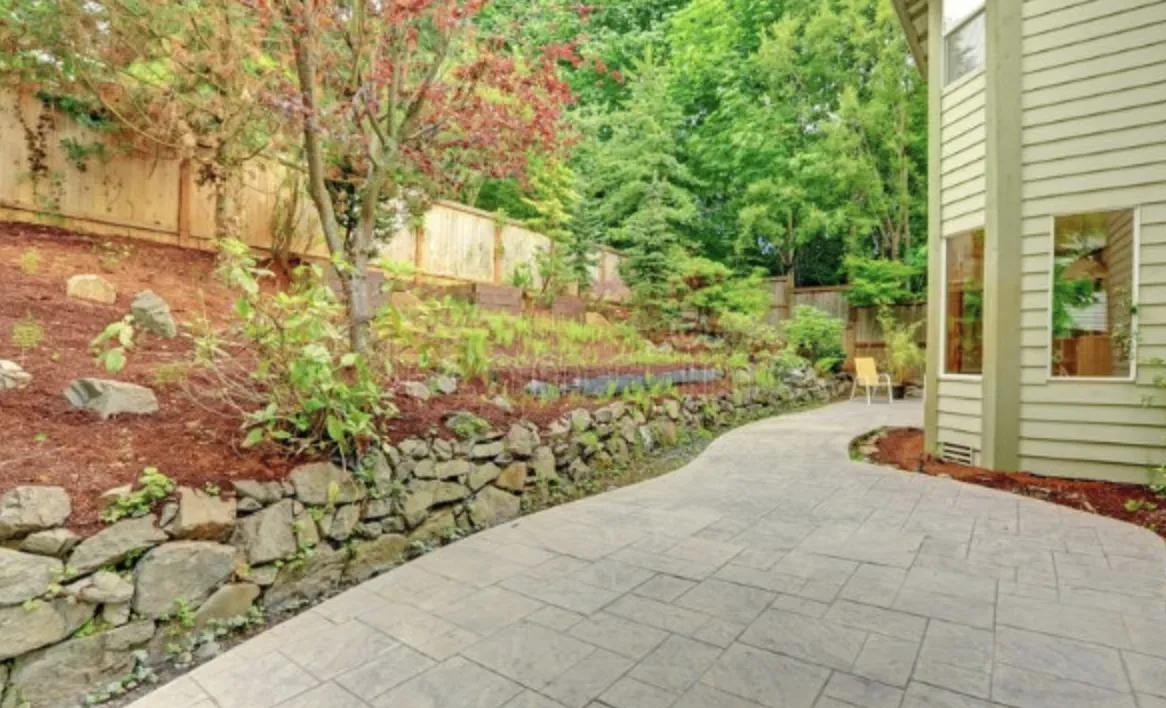

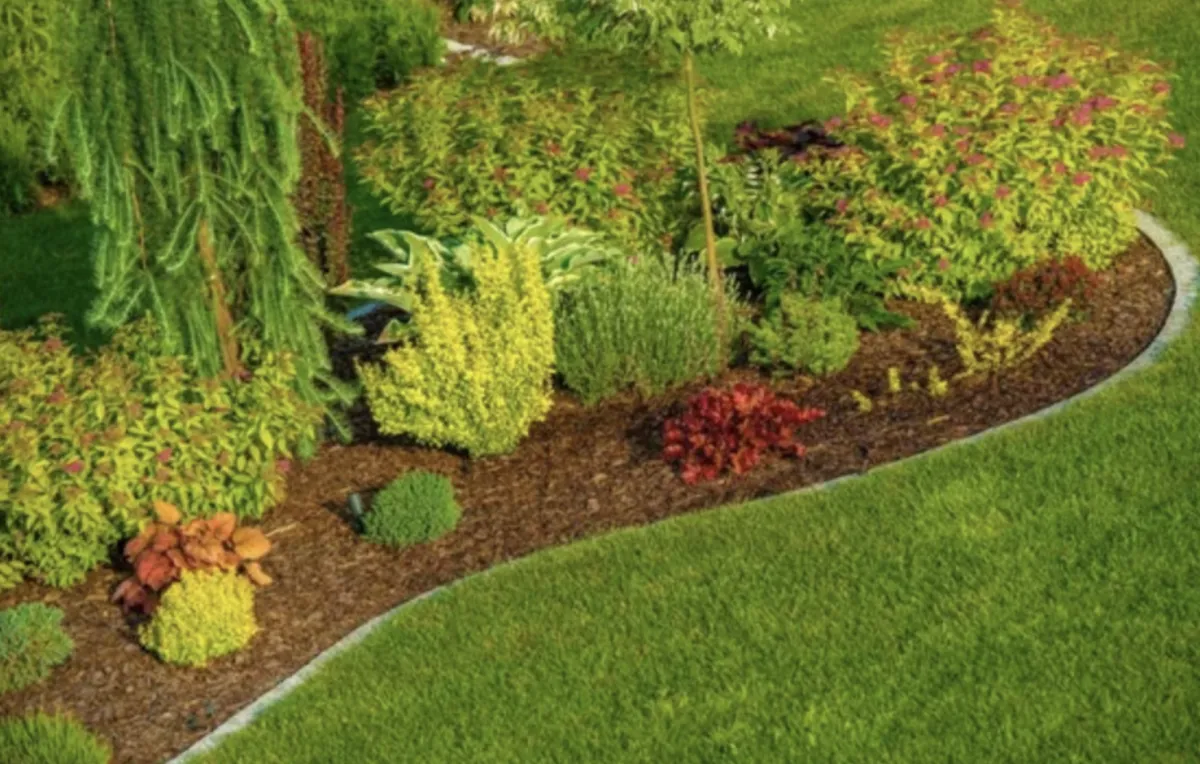

See What Our Customer Say About Us
Sarah M., Fort Worth, TX

“I can’t say enough good things about HF Landscape Design Fort Worth. They totally transformed our backyard into something out of a magazine — and they did it on time and within our budget. The team showed up early every day, cleaned up after themselves, and really listened to what we wanted. You can tell they actually care about the little details, not just getting the job done. Our neighbors keep stopping by asking who did the work — we tell everyone to call HF Landscape Design. Best decision we made for our home!”
Daniel R., Fort Worth, TX

“HF Landscape Design Fort Worth really blew us away. We had a plain front yard before, and now it looks like something you’d see in a design show. They helped pick the right plants for the Texas heat and even added lighting that makes the place glow at night. Super easy to talk to and very professional — they made the whole thing stress-free. We’d hire them again in a heartbeat.”
Megan & Tyler H., Fort Worth, TX

“Our backyard was just dirt and weeds before HF Landscape Design came in. Now it’s the spot where we spend every weekend with friends. They built a patio, added flower beds, and somehow made it all feel natural like it was always meant to be there. You can tell they love what they do — every detail was perfect. Highly recommend them to anyone in Fort Worth wanting a yard they’ll actually use.”
Get Professional Front Yard Design
Stop settling for front yards that embarrass you or require constant maintenance. Get professional front yard design that creates curb appeal while working with Fort Worth conditions.
Call (817) 580-3329 to schedule a front yard design consultation. We'll assess your property, discuss your goals and any HOA requirements, and create designs that enhance your home's appearance.
Service Areas: Fort Worth, Tanglewood, Ridglea Hills, River Crest, Westover Hills, Berkeley, Monticello, Mistletoe Heights, and surrounding communities.
Frequently Asked Questions
What is the average cost of landscape design?
Landscape design costs in Fort Worth typically range from $2,000 to $8,000 depending on property size—project complexity—level of detail required. Simple front yard designs for smaller properties might run $1,500 to $3,000. Comprehensive landscape plans for larger properties with detailed planting plans—hardscape designs—irrigation layouts—lighting plans usually cost $5,000 to $10,000 or more. We typically credit design fees toward installation if you proceed with us for the work. Design-only services cost more since we're not recouping fees through installation. Most clients in areas like Tanglewood or Westover Hills invest in detailed designs because their properties warrant professional planning. Newer neighborhoods with simpler yards might need less extensive design work.
What does it cost for a landscape design?
Design fees depend on project scope and what you need included. Basic conceptual designs showing general layout—plant groupings—hardscape locations run $1,500 to $3,000 for typical residential properties. Detailed construction-level plans with exact plant specifications—hardscape dimensions—grading plans—irrigation zone maps cost $4,000 to $8,000 or higher for complex projects. Commercial landscape design involves additional complexity and typically costs more. We discuss your specific needs during initial consultation and provide design fee quotes based on actual scope. Design fees get credited toward installation when you hire us for the work. Fort Worth properties with challenging conditions—significant slopes—drainage issues—often need more detailed planning which affects design costs.
What is the difference between a landscape architect and a landscape designer?
Landscape architects have formal education—state licensing—ability to stamp engineering drawings for permits. They handle complex projects requiring grading engineering—structural calculations—commercial site development—regulatory compliance. Landscape designers focus on plant selection—aesthetic layout—residential design without engineering components. In Fort Worth, landscape architects are required for certain commercial projects—retaining walls over specific heights—projects needing engineered drainage solutions. Residential projects usually work fine with landscape designers unless you've got significant slope issues—major grading needs—structures requiring engineering stamps. Landscape architects cost more but bring technical expertise for complex projects. Most residential landscapes in neighborhoods like Arlington Heights or Ridglea work well with landscape designers. Larger estates or properties with serious site challenges benefit from landscape architectural services.
Why is landscape design so expensive?
Professional landscape design involves considerable time—expertise—detailed planning work. Designers spend hours on site assessment—measuring—analyzing drainage and sun patterns—researching plant options for specific conditions. Creating scaled plans requires CAD software skills—design knowledge—understanding of Fort Worth's climate and soil conditions. Good designers prevent expensive installation mistakes—plant failures—drainage problems that cost far more to fix later. You're paying for years of experience knowing what works in North Texas clay soil—which plants survive July heat—how to design irrigation zones efficiently. Design fees also cover revisions—client meetings—coordination with contractors during installation. Cheap or free designs often mean cookie-cutter plans—inexperienced designers—or design costs hidden in inflated installation prices. Professional design upfront saves money long-term by getting things right the first time.
What is the rule of 3 in landscaping?
The rule of three suggests planting in odd-numbered groups—typically three plants—creates more natural and visually appealing arrangements than even numbers. Three plants or features create triangular compositions—visual interest—balance without formal symmetry. This applies to groupings of the same plant variety or repeating design elements throughout the landscape. In Fort Worth landscapes, you might see three crape myrtles anchoring a bed—three groupings of ornamental grasses—three boulders in a natural arrangement. The rule helps avoid the static look of paired plantings or single specimens. Works for plants of various sizes—repetition of colors—hardscape feature placement. Not a strict requirement but a helpful design principle creating more dynamic landscapes. We use the rule of three alongside other design principles—proper spacing—mature size consideration—Fort Worth-appropriate plant selection.
What is a realistic landscaping budget?
Realistic budgets for Fort Worth landscape projects typically start around $10,000 for basic front yard renovations and run $20,000 to $50,000 for complete front and backyard transformations with hardscaping. Simple refreshes—new plants—mulch—irrigation repairs might cost $5,000 to $8,000. Projects including patios—retaining walls—outdoor kitchens—extensive plantings easily reach $50,000 to $100,000 or more. Budget depends on property size—existing conditions—how much hardscape you want—plant material quality and maturity. Fort Worth's clay soil often requires additional drainage work affecting costs. Established neighborhoods like Monticello with mature landscapes might need less work than new construction in Walsh Ranch starting from dirt. Quality materials and experienced installation cost more upfront but last longer and perform better in our climate.
